Historic neighborhoods hold the stories of a city’s past, from their architecture to the communities that shaped them. Unfortunately, many of these areas are disappearing due to gentrification, climate change, and economic shifts. While preservation efforts continue, some neighborhoods remain at risk, making now the best time to visit and appreciate their charm before they change forever. Whether you’re a history lover or just enjoy exploring unique places, these districts offer a glimpse into the past. Here are 13 historic neighborhoods you should visit before they vanish.
1. Charleston’s French Quarter – Charleston, South Carolina
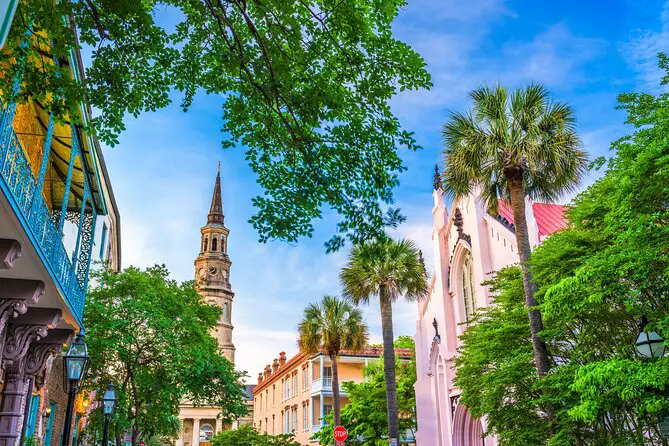
Charleston’s French Quarter is a charming district filled with cobblestone streets, gas-lit lanterns, and some of the oldest buildings in the city. According to The New York Times, increased flooding due to rising sea levels threatens the foundations of these centuries-old structures, putting the neighborhood at risk. Despite efforts to implement flood barriers and improve drainage, many buildings have already suffered significant damage.
Walking through the French Quarter feels like stepping into another era, with its art galleries, historic churches, and preserved architecture. However, as sea levels continue to rise, experts worry that parts of the district may become uninhabitable within the next few decades. Visiting now allows travelers to experience the beauty of this neighborhood before climate change alters it forever.
2. Ybor City – Tampa, Florida
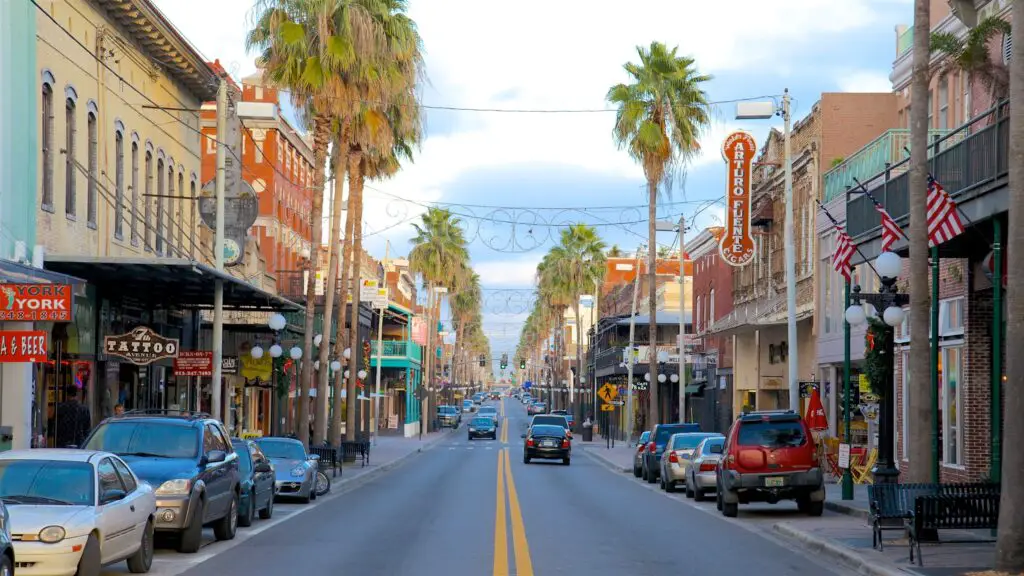
Once known as the “Cigar Capital of the World,” Ybor City was founded by Cuban, Spanish, and Italian immigrants in the late 19th century. According to Forbes, rapid redevelopment and rising property costs are threatening the neighborhood’s unique cultural identity. Many of its historic buildings are being replaced by modern developments, and long-time businesses are struggling to survive.
Ybor City still retains its Latin influence, with its vibrant nightlife, historic cigar factories, and brick-lined streets. However, preservationists warn that the district’s authenticity may fade as developers push for more high-rise apartments and commercial spaces. Visiting now offers a chance to see this cultural gem before it transforms beyond recognition.
3. Gaslamp Quarter – San Diego, California
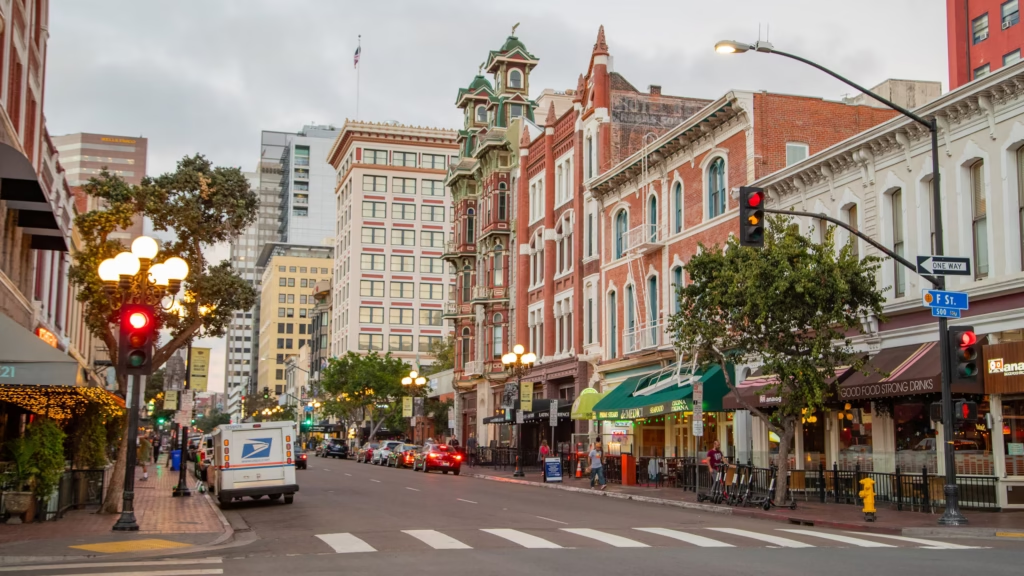
San Diego’s Gaslamp Quarter is a historic district known for its Victorian-era architecture and lively entertainment scene. USA Today reports that increasing commercial development is causing the neighborhood to lose many of its original buildings. While some structures are protected under historic preservation laws, others are being demolished or significantly altered to accommodate modern businesses.
Despite these challenges, the Gaslamp Quarter remains a hub for dining, shopping, and nightlife. Visitors can still admire its historic charm while exploring its many restaurants and theaters. However, with continued urban expansion, the district may soon lose some of its most treasured landmarks.
4. Five Points – Denver, Colorado
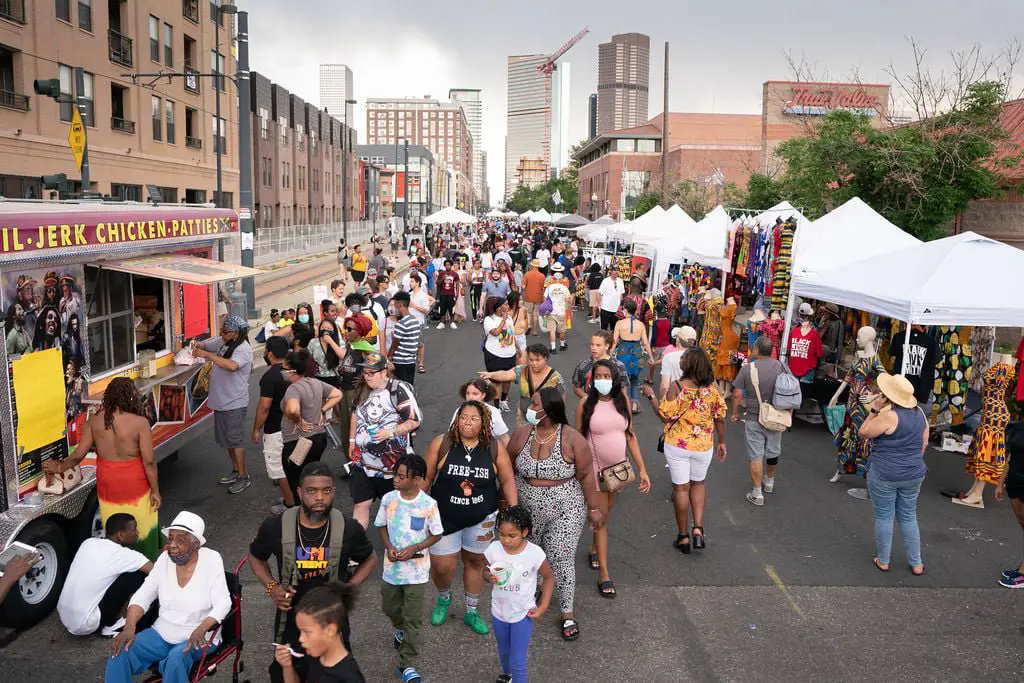
Five Points, one of Denver’s oldest neighborhoods, has a rich history as a center for jazz music and African American culture. The Washington Post notes that gentrification is displacing many long-time residents and changing the character of the community. As property values soar, historic buildings are being renovated or replaced, altering the neighborhood’s original feel.
Despite these changes, Five Points still boasts a strong cultural identity, with jazz clubs, historic landmarks, and community events that celebrate its heritage. However, as redevelopment accelerates, many fear that its historic significance may be overshadowed by modern construction. Visiting now allows travelers to experience its rich past before it disappears.
5. The French Quarter – New Orleans, Louisiana

New Orleans’ French Quarter is one of the most iconic historic districts in the United States, known for its vibrant culture, unique architecture, and jazz heritage. However, the combination of climate change, increased tourism, and rising property costs is putting pressure on this beloved neighborhood. Frequent hurricanes and flooding threaten its centuries-old buildings, requiring extensive restoration efforts.
Despite these challenges, the French Quarter remains a must-visit destination, offering everything from live jazz performances to historic mansions and world-class cuisine. Preservationists are working to maintain its charm, but visiting now ensures you experience its magic before climate and development reshape its landscape.
6. Little Havana – Miami, Florida
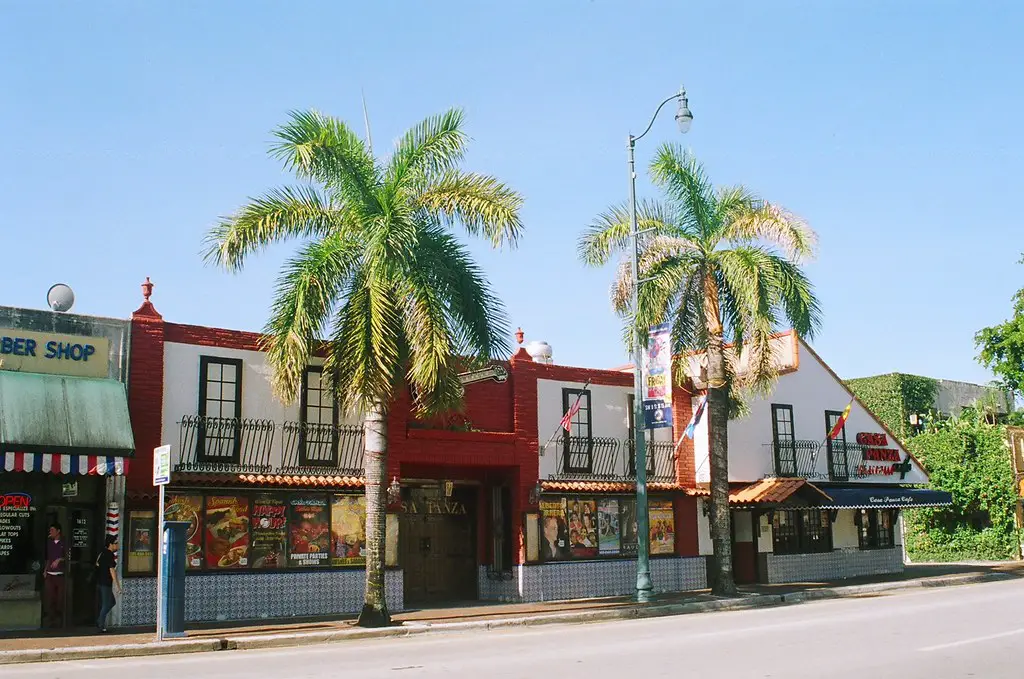
Little Havana is the heart of Miami’s Cuban-American culture, famous for its lively atmosphere, colorful murals, and authentic Cuban cuisine. However, rising rents and increasing gentrification are pushing out many of the neighborhood’s long-time residents and businesses. New high-rise developments threaten to overshadow its historic charm, altering the skyline and community feel.
Strolling down Calle Ocho, visitors can still experience the flavors and traditions of Cuban culture, from sipping strong cafecito to watching a heated domino match in the park. However, with rapid urban changes, some fear that the essence of Little Havana may be lost in the coming years.
7. Soulard – St. Louis, Missouri
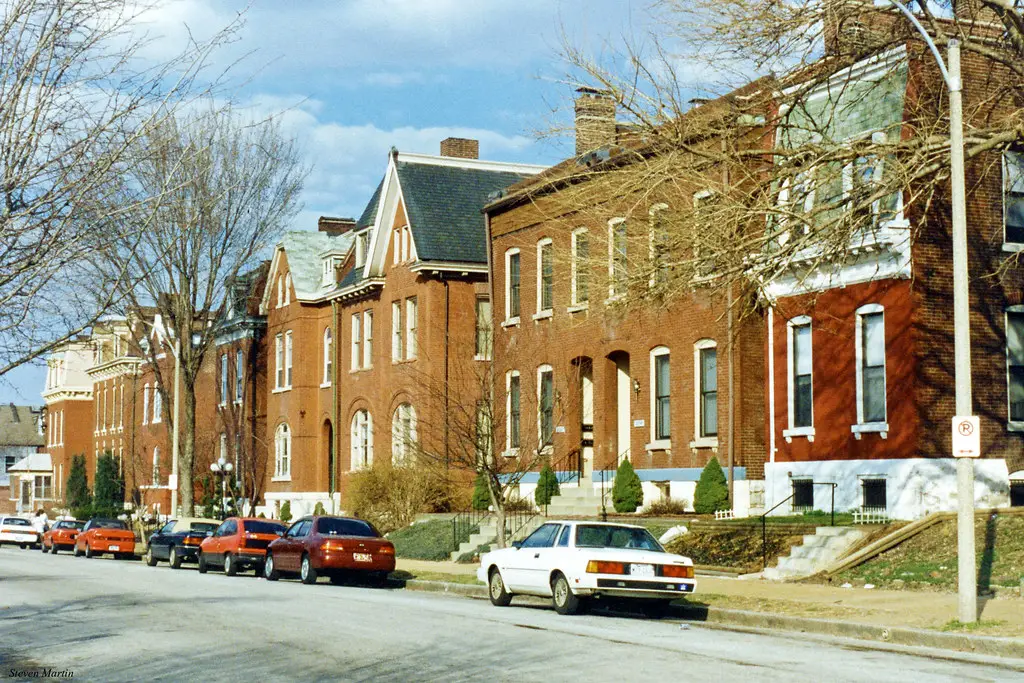
Soulard is one of St. Louis’ oldest neighborhoods, known for its beautiful 19th-century red-brick homes and the famous Soulard Farmers Market. However, as new developments encroach on the district, its historic architecture is at risk of being replaced with modern structures. The neighborhood’s unique French influence and tight-knit community make it a cherished part of the city’s history.
Today, Soulard remains a hotspot for live music, outdoor markets, and Mardi Gras celebrations. While efforts are being made to preserve its historic character, the changing cityscape threatens to alter its authenticity. Visiting now ensures you experience its charm before modern expansion takes over.
8. Old Town – Albuquerque, New Mexico
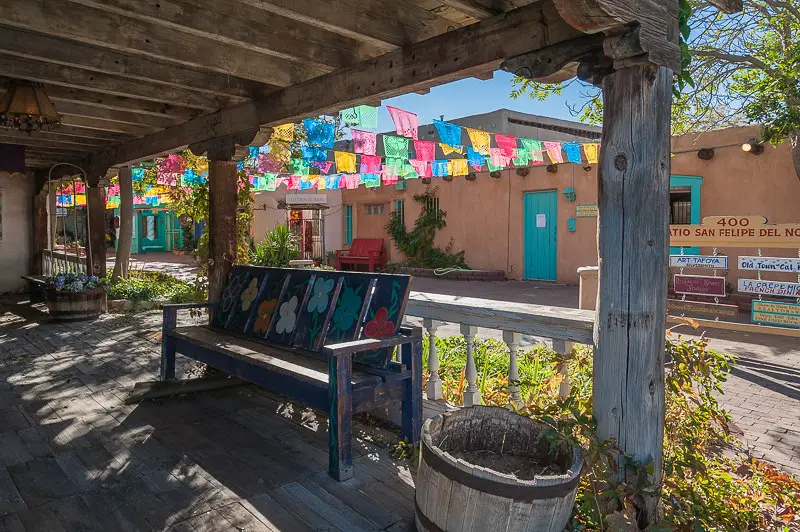
Old Town Albuquerque is a historic district dating back to the Spanish colonial era, featuring adobe buildings, quaint plazas, and centuries-old churches. While the neighborhood has been well-preserved, increased commercialization is slowly changing its original charm. More national chain businesses are replacing local shops, diminishing its unique character.
Despite these changes, Old Town still offers a glimpse into New Mexico’s rich past, with museums, cultural festivals, and authentic Southwestern cuisine. However, as commercial developments continue to grow, it may lose some of its historic essence. Now is the time to visit and support its local heritage.
9. Cabbagetown – Atlanta, Georgia
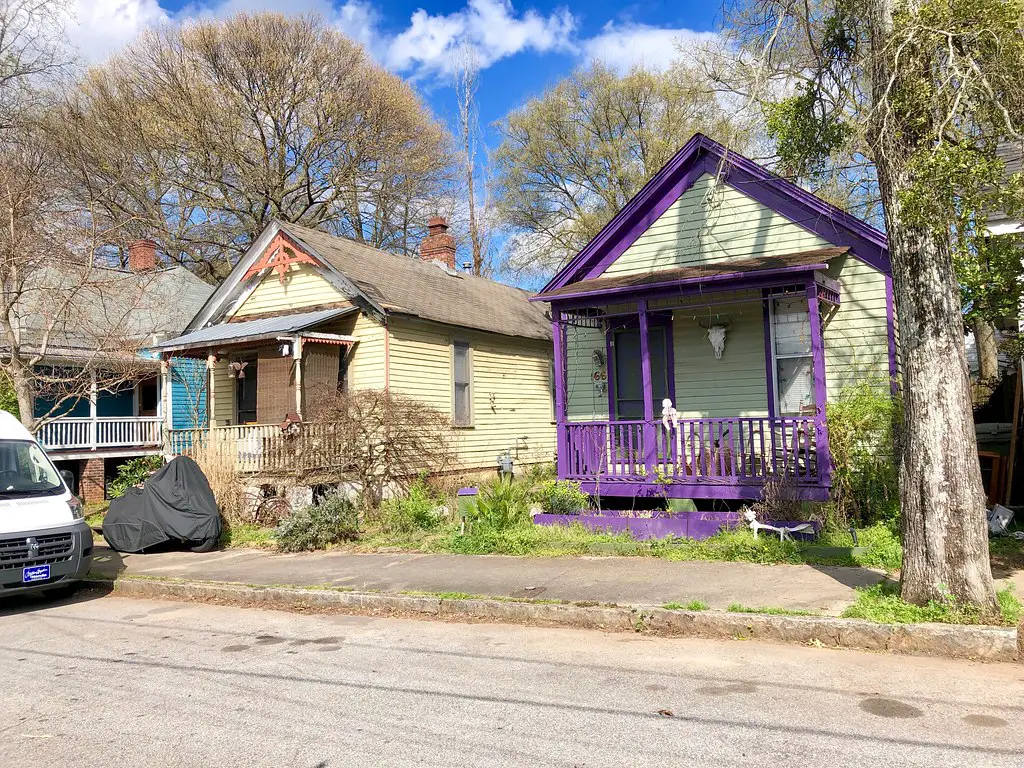
Cabbagetown, originally a mill town, is one of Atlanta’s most eclectic and artistic neighborhoods. Known for its colorful street art and historic shotgun houses, it has recently faced threats from rising property values and real estate development. Many of the original homes have been renovated beyond recognition, changing the fabric of the community.
The neighborhood still maintains a strong artistic presence, with murals, music festivals, and independent shops that celebrate its quirky spirit. However, the pressures of urban growth continue to reshape its landscape. Exploring Cabbagetown now offers a chance to see its historic roots before they fade.
10. Germantown – Nashville, Tennessee
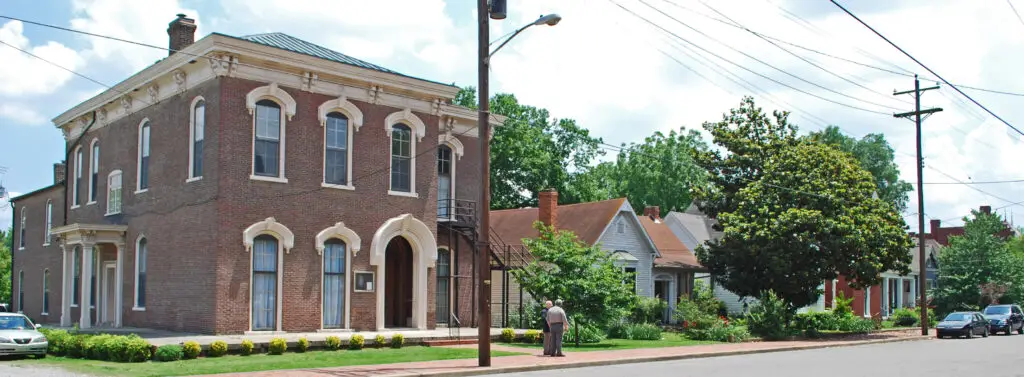
Germantown is one of Nashville’s oldest neighborhoods, with cobblestone streets and historic Victorian homes. However, as Nashville expands, Germantown is seeing an influx of modern high-rise apartments and commercial spaces. While some historic buildings have been preserved, others have been replaced to meet the demand for new developments.
Despite these changes, Germantown still boasts a strong local food scene and a charming atmosphere. Those who want to experience its history should visit soon, as the district continues to evolve.
11. Back Bay – Boston, Massachusetts
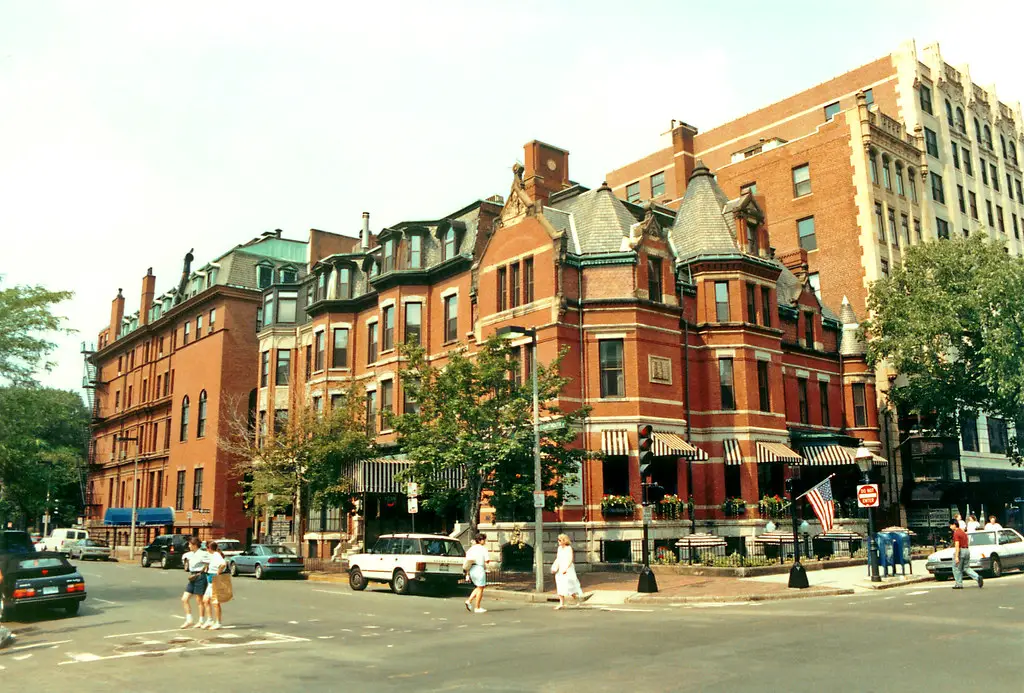
Back Bay is a historic Boston neighborhood famous for its brownstone homes and European-style streets. While it remains one of the city’s most desirable areas, rising property values and new developments are making it harder to preserve its historic buildings. Some fear that modern renovations may erode its classic charm.
Walking through Back Bay feels like stepping into another era, with its gas-lit street lamps and historic landmarks. However, the pressures of modernization make it a neighborhood to visit while its character still remains intact.
12. Old San Juan – San Juan, Puerto Rico

Old San Juan is one of the oldest European-founded settlements in the Americas, with its stunning blue cobblestone streets, colorful Spanish colonial buildings, and historic forts overlooking the ocean. However, climate change and extreme weather events, including hurricanes, pose a significant threat to this centuries-old district. Rising sea levels and flooding have already caused damage to some of its historic structures.
Despite these challenges, Old San Juan remains a vibrant cultural hub, filled with lively plazas, museums, and authentic Puerto Rican cuisine. Preservation efforts are underway, but the district’s vulnerability to natural disasters makes it uncertain how long it can maintain its historic charm. Visiting now allows travelers to experience this breathtaking neighborhood before environmental factors reshape it.
13. Fells Point – Baltimore, Maryland
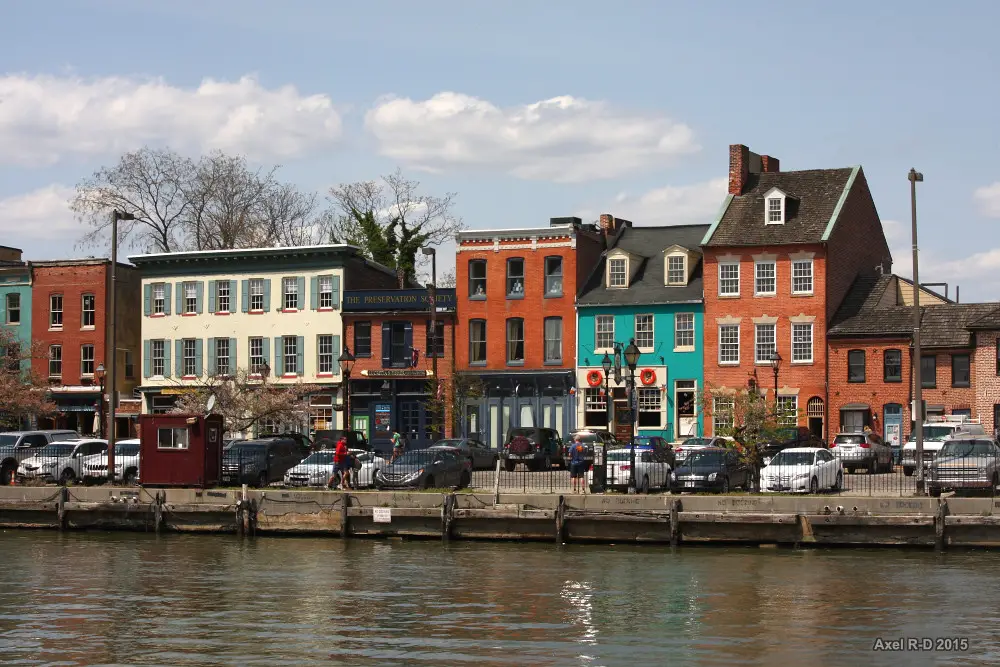
Fells Point, a historic waterfront neighborhood in Baltimore, was once a bustling shipbuilding center filled with maritime charm. Today, its cobblestone streets, 18th-century buildings, and lively pubs make it a favorite for locals and visitors alike. However, increasing real estate pressures and rising sea levels threaten its historic structures. Some businesses have already closed due to flood-related damages, and redevelopment projects risk altering the district’s original character.
Despite these concerns, Fells Point remains a must-visit for its unique blend of history and modern vibrancy. The neighborhood’s rich past, combined with its charming shops, seafood restaurants, and waterfront views, make it a place worth exploring—while it still retains its historic appeal.
